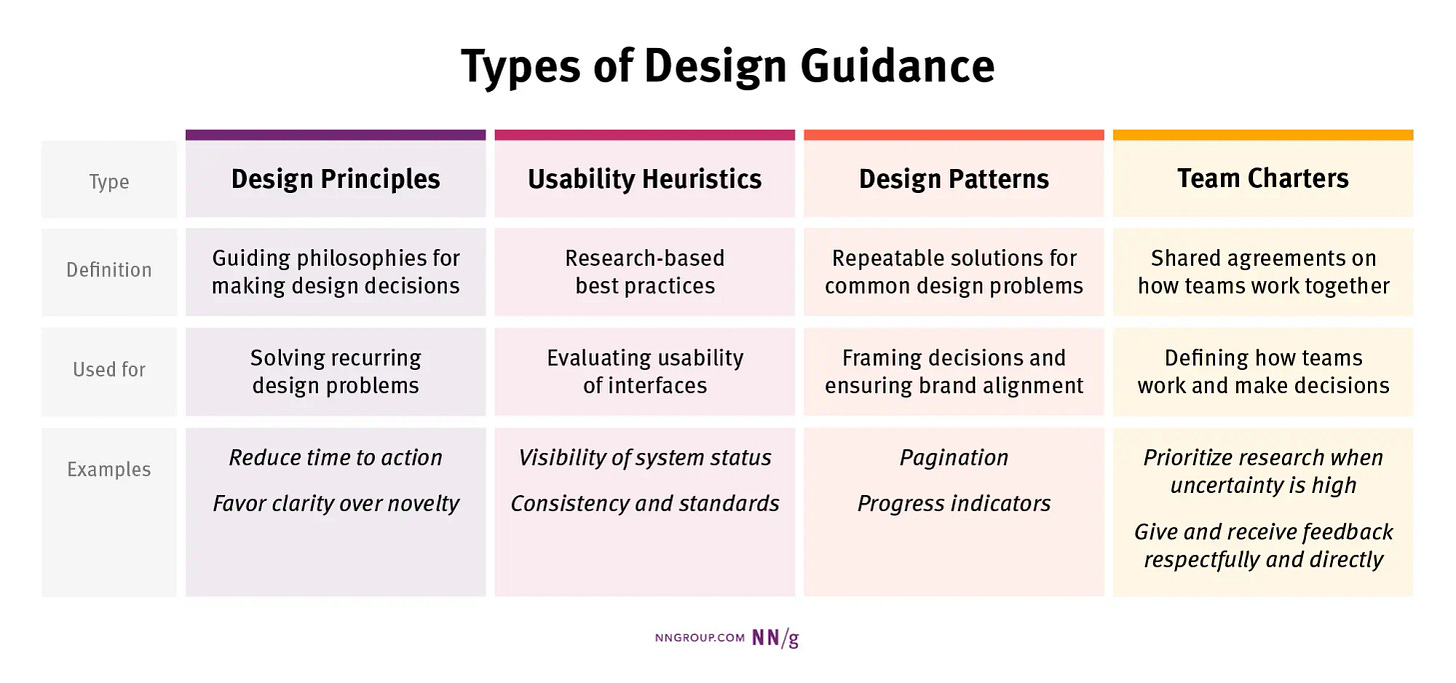Issue 147
Rock, paper, scissors as a samurai
Hello, dear readers! 👋
In this issue, among other things:
How has the product development process changed in the age of AI
Four types of design guidelines and how they differ
Why creativity is a skill, not a gift
A structured guide to celebrity book recommendations
The chic identity of the confectionery workshop
…and much more!
Enjoy reading!
🗞 News and articles
The Death of Product Development as We Know it
Julie Zhuo talked about how the product development process has changed in the age of AI, what it will become in the future, and what both specialists and business owners should pay attention to.
Julie took the new approach of the Perplexity team as a basis, which was shared with her by the head of the design department, Henry Modisett.
The main thing:
The traditional team of three developers, a designer, and a manager is outdated. In the age of AI, small groups are more likely to work without a strict division of roles
The new approach involves rapid testing of a range of ideas.
Instead of mockups and documentation, the authors immediately make prototypes and test ideas on them.
Stages of AI development: idea → prototyping and dropout → refinement → launch → additional dropout
AI has reduced the value of the management superstructure in teams and increased the importance of individual initiative performers.
Fewer managers and supervisors means more savings
Important qualities for working in a new type of team: good taste, a wide range of skills and independence
Managers should hire generalists and focus on the speed of product development.
Specialists need to learn how to use AI for tasks that were previously beyond their role.
Creativity isn’t a rare talent—it’s a skill
Katya Sekacheva, creative director of Non-Objective Studio, spoke about the team's approach to generating ideas, working with clients and the importance of logic in creativity. She argues that creativity is not an innate talent, but a skill that can be developed by combining experience, curiosity, and structural thinking.
Katya explained how working on projects in Non-Objective looks like: from researching and collecting ideas to selecting and implementing concepts, and also how the team copes with creative dead ends and conflicts of ideas within the team, how to choose partners and how to distinguish a good idea from a bad one.
Design Guidance: Principles, Patterns, Heuristics, and Team Charters
NNGroup compared four types of design guidelines: design principles, heuristics, design patterns, and internal rules in teams. They talked about their differences, pros and cons, as well as how individual guides help and how they combine with each other. There are specific examples in the article.
Keep reading with a 7-day free trial
Subscribe to bezier.design to keep reading this post and get 7 days of free access to the full post archives.






